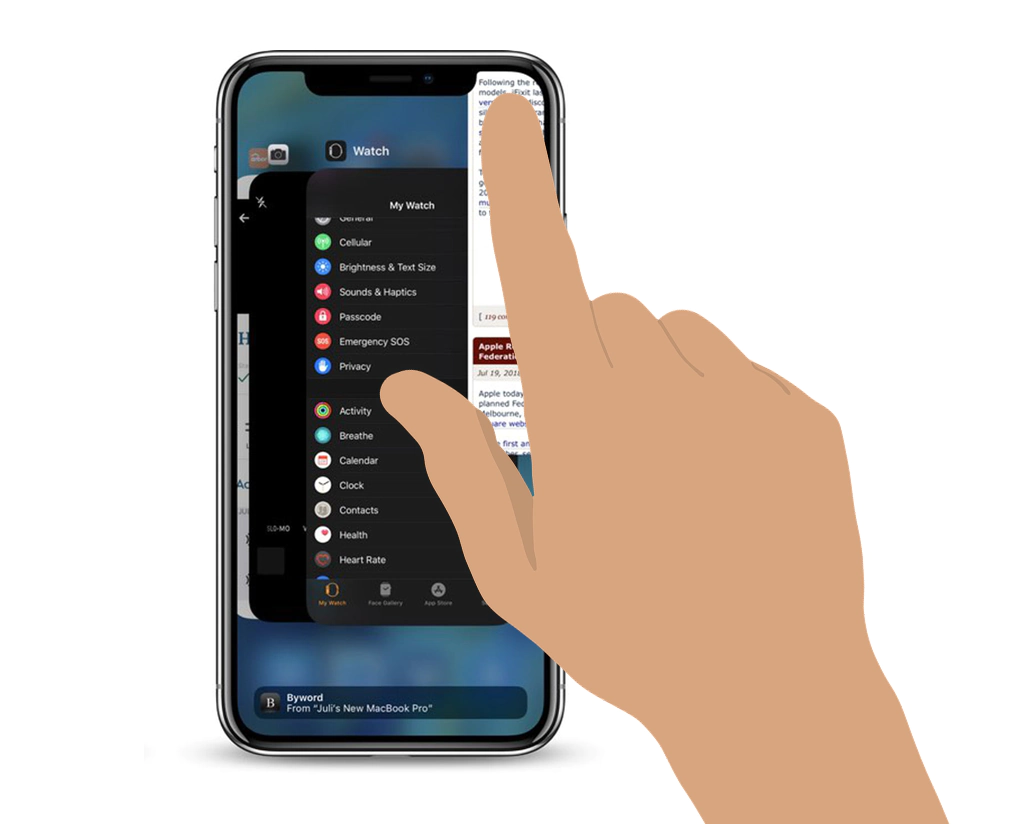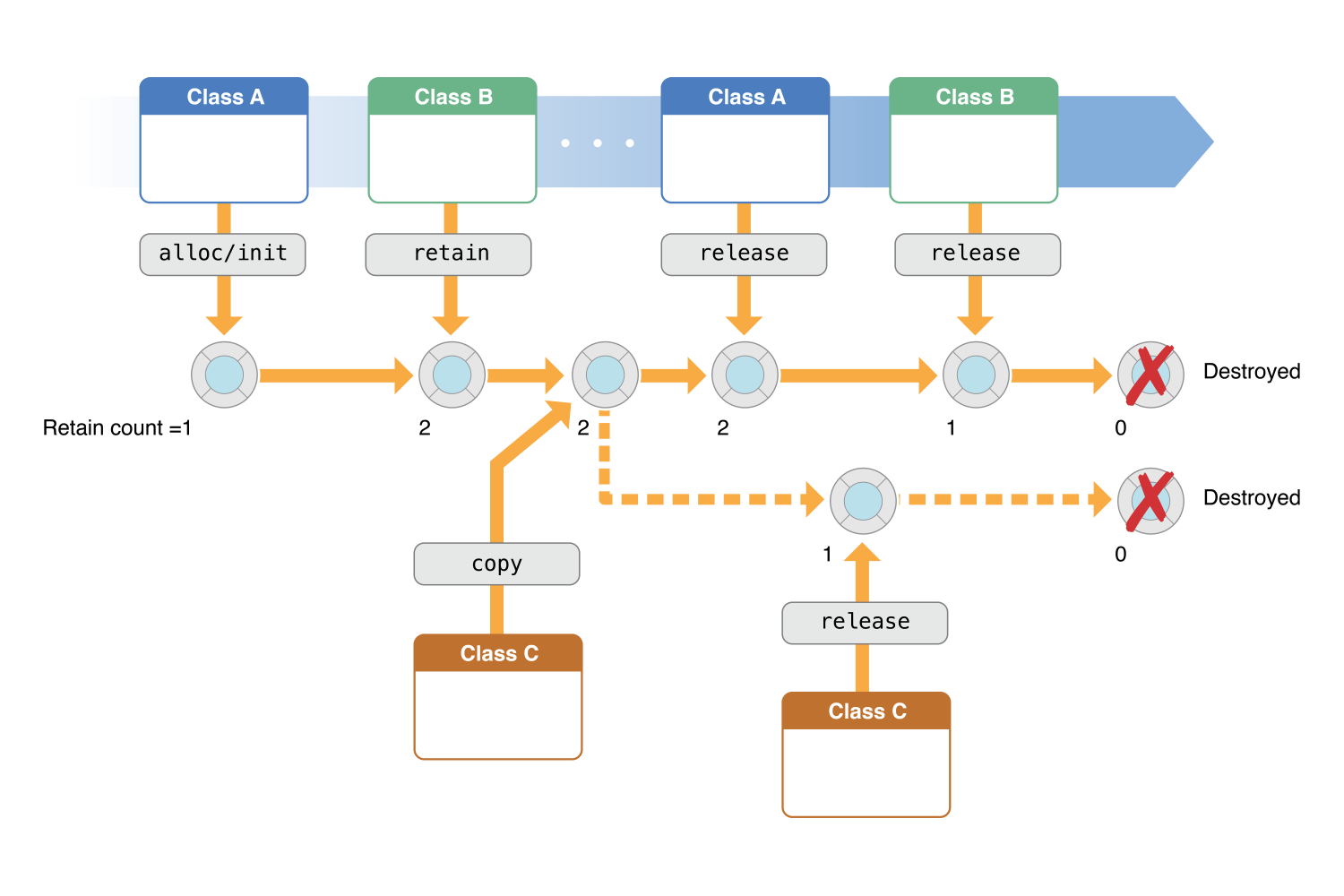Comparing Apple to Android is like comparing apples, with oranges.
The two aren't the same from any view point possible. While some of the experiences may be similar or the same, how things work behind the scene are not similar if not totally different.
Apple and Android are two different beasts, each with their own advantages and disadvantages.
And here, iOS has a unique way of managing its memory.
Apple ships its iPhones with far lesser memory than its Android counterparts of the same league. There are reasons why Apple's mobile devices don't need as much RAM, but what is certain, the operating system manages its memory in a way that is very different than Android.
Read: Android And IOS Memory Management, And How Are They Different

Due to iOS's unique memory management, the operating system has a more controlled strategy to tell what should and shouldn't be done.
And this allows the operating system to cleverly run apps behind the background, without consuming any noticeable resources.
This is why force quitting apps on iOS is futile.
Many people might be familiar with how apps run on a Mac or a Windows PC. On those platforms, if an application is running in the background, it can still be using up CPU and RAM resources. For this reason, there is a conventional wisdom that says closing those programs will make the computer perform better.
On the contrary to that common belief, constantly closing apps on iOS devices while attempting to speed things up or save battery life will have the opposite effect.
Instead of making the phone runs better, force closing will make the phone perform worse.
Apple manages to make iPhones that ship with lesser RAM, to have the ability to handle system resources automatically.
On iOS devices, when users switch away from an open app, that app will be put in the background. But unlike other platforms, iOS will force the app to enter a suspended state.
Apps entering this state is forced to free up CPU cycles and RAM resources that were devoted to running the apps.
iOS' automatic resource management is very capable that iPhones can still top many benchmarking scores while using far less RAM than Android phones.
Officially, Apple said that users "should close an app only if it’s unresponsive."
However, there is a catch.
The approach only works if users use their phones to use that app often.
When app is put in the background, and users remove the app from the 'recent apps' window, iOS does remove those apps from the memory. The thing is, while it frees up memory, the iPhone has to work much harder the next time when users open that app.
When an app is in a suspended state, the operating system manages the resources, to allow it to work only when it is needed and only in under certain strict requirements. iOS's automatic resource management strictly controls the apps' requirements while under the suspended state, by balancing what's needed and what isn't.
This is why re-launching a completely closed app is also slower than switching quickly to a suspended app.
And also because of this, re-launching an app forces the phone to use all of its might to open the app as quickly as possible.
And this will definitely consume a lot more CPU resources. In turn, this will consume more battery.
When Apple introduced 'Automatic Reference Counting' (ARC), iOS can automate the process, with the complier inserting the appropriate Retain Count to the code before building the binary.
This memory management capability is a major advantage over Android's garbage collection. This is, for reasons, part of why iOS devices run so fast, while having lower specifications.

Conclusion
So here, and in most cases with frequent users of iPhones, force closing apps will ruin the way iOS manages its memory.
Apps that are frozen uses far less power. While they do consume a bit of resources, the resources they need to run is insignificant, and is still far lower than the resources needed to be consumed if users frequently open and force close apps.
For iOS users who wish to save battery, they can do so by disabling the Bluetooth and Wi-Fi when not in use.
They can also disable Background App Refresh, reduce screen brightness, and engage the Low Power Mode to effectively save battery life.
To ensure that apps behave like they should, and not abusing privilege, users can open the 'Battery' section in the Settings app.